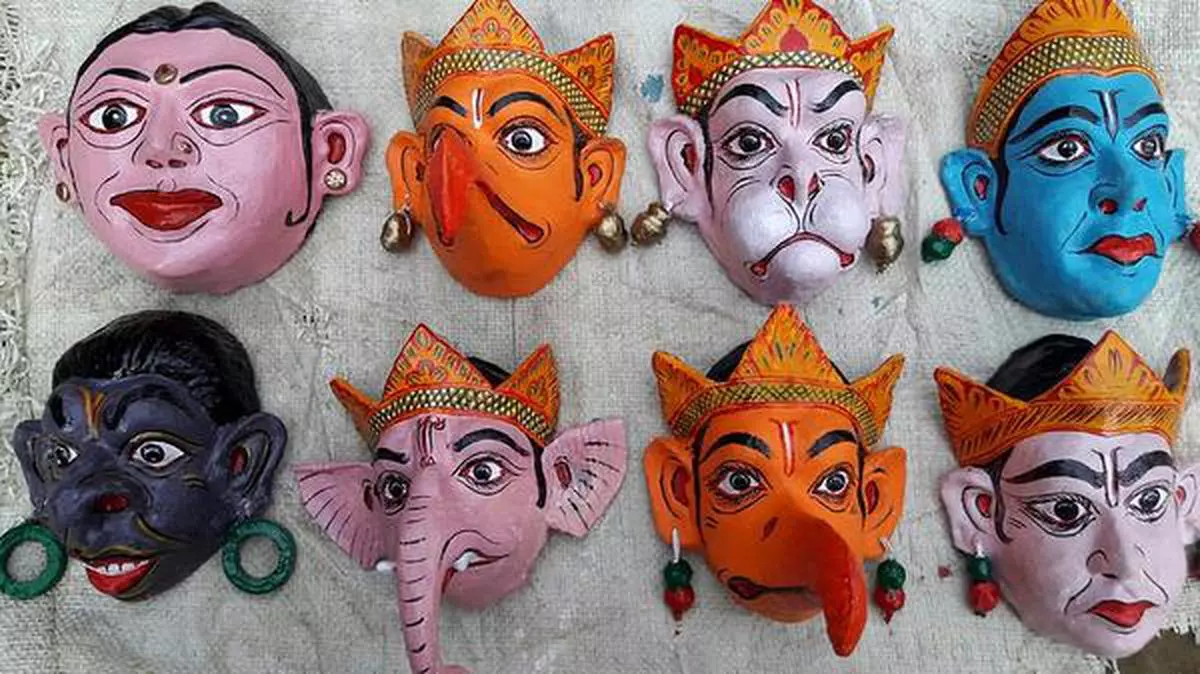Free Courses Sale ends Soon, Get It Now


Free Courses Sale ends Soon, Get It Now



Disclaimer: Copyright infringement not intended.
Context
Majuli, the largest river island in the world and the seat of Assam's neo-Vaishnavite tradition, has recently gained recognition for its traditional Majuli masks, receiving a Geographical Indication (GI) tag. These masks hold significant cultural and artistic value, deeply rooted in Assamese heritage.
Details
Origin and Tradition
Materials and Craftsmanship
Significance of Monasteries
Key Sattras in Majuli
Expanding Artistic Horizons
Majuli Manuscript Painting
Other GI Tags from Assam
|
PRACTICE QUESTION Q. The recognition of Majuli masks with a GI tag not only celebrates Assam's rich cultural heritage but also safeguards and promotes the legacy of traditional craftsmanship. Comment. (150 Words) |
© 2024 iasgyan. All right reserved